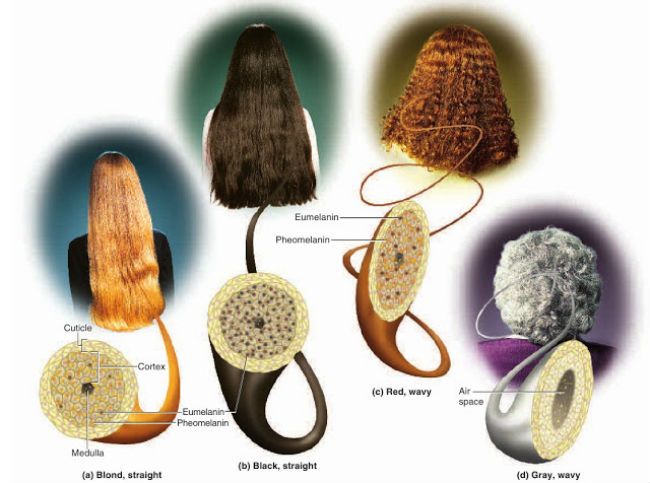
Hair color–lightening, bleaching–is always a matter of chemistry. Many women use hair color to give them a newer, fresher look, while others are simply covering some greys and roots. It’s estimated that over 1/3 of women over the age of 18 color or lighten their hair frequently. There is a growing trend of men as well, who are also using more hair color more now than ever.
Quick history lesson
The first commercial hair color was invented in 1909 by French chemist, Eugene Schueller. Since then, dozens of chemists have reformulated colors and lighteners to enhance natural colors and help rid of unwanted greys.
Today’s chemical processes may still not be considered safe, and coloring and lightening hair will always take a toll on hair’s natural shine and body. But using a deep conditioning system and maintaining a healthy hair routine aids in making color last and keeping hair looking it’s best.
So, how does it work?
Normally, bleach is used to lighten hair. It reacts with the melanin (the part responsible for the color tones in your natural hair”> in the hair, and removes the color in an irreversible chemical reaction. The bleach oxidizes the melanin molecule. Although the melanin is still present, the oxidized molecule is colorless.
Hair bleach tends to leave a yellowish tint on the hair at first. The yellow color is the natural color of keratin, the structural protein in hair. Bleach also reacts more readily with the dark eumelanin pigment than with the pheomelanin (longer polymers”>, so some gold or red residual color may remain after lightening.
Hydrogen peroxide is one of the most common lightening agents found in hair color. The peroxide is used in an alkaline solution, which opens the hair shaft to allow the peroxide to react with the melanin. Hydrogen peroxide reacts with melanin, breaking their double bonds and eliminating their ability to absorb light. Because pheomelanin is more stable than eumelanin, hair that is in the process of being bleached often begins taking on an orange-red hue.
In addition to hydrogen peroxide, commercial bleaching products will usually have persulfate salts to help speed up the process, and stabilizers to help prevent the breakdown of hydrogen peroxide. Hydrogen peroxide also weakens the cell membrane complex by oxidizing bonds between cuticle cells, disulfide bonds in the cortical matrix, and other areas rich in amino acids. This makes the hair brittle and weak. Hydrogen peroxide also can damage a lipid on the surface of the hair called 18-MEA. As a result, bleached hair will also frequently feel dry.
It is most important to keep bleached (lightened”> hair extremely moisturized after a color/bleach treatment. Deep conditioning with natural products like coconut and jojoba oils will keep hair healthy and looking it’s best.
[prodmod]
